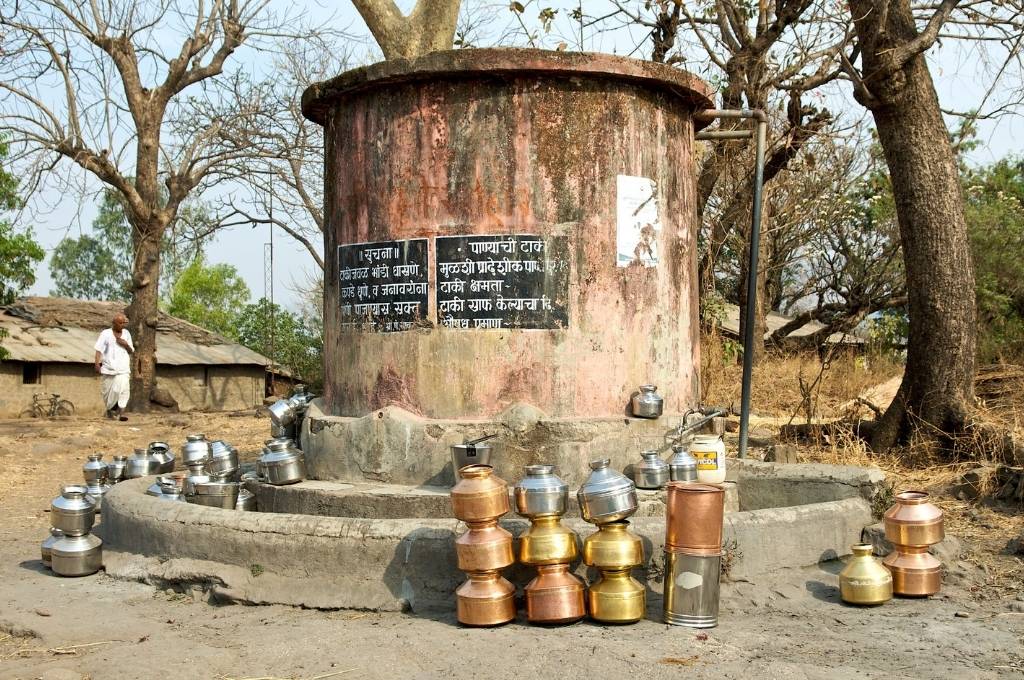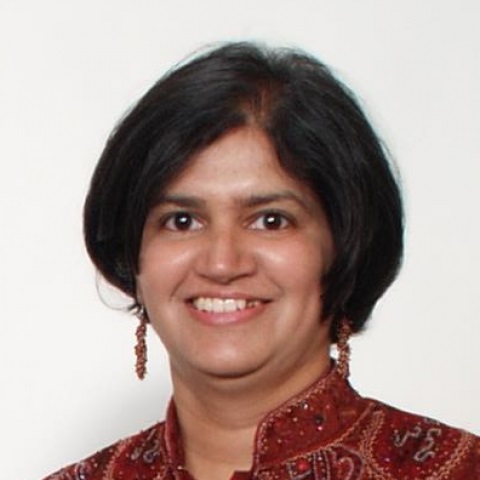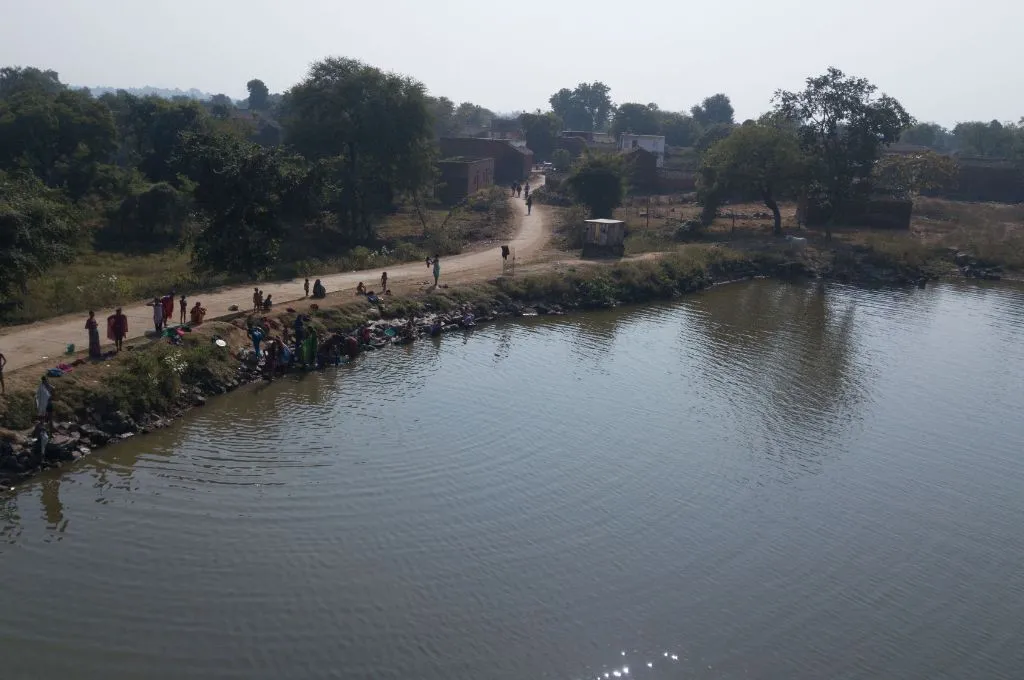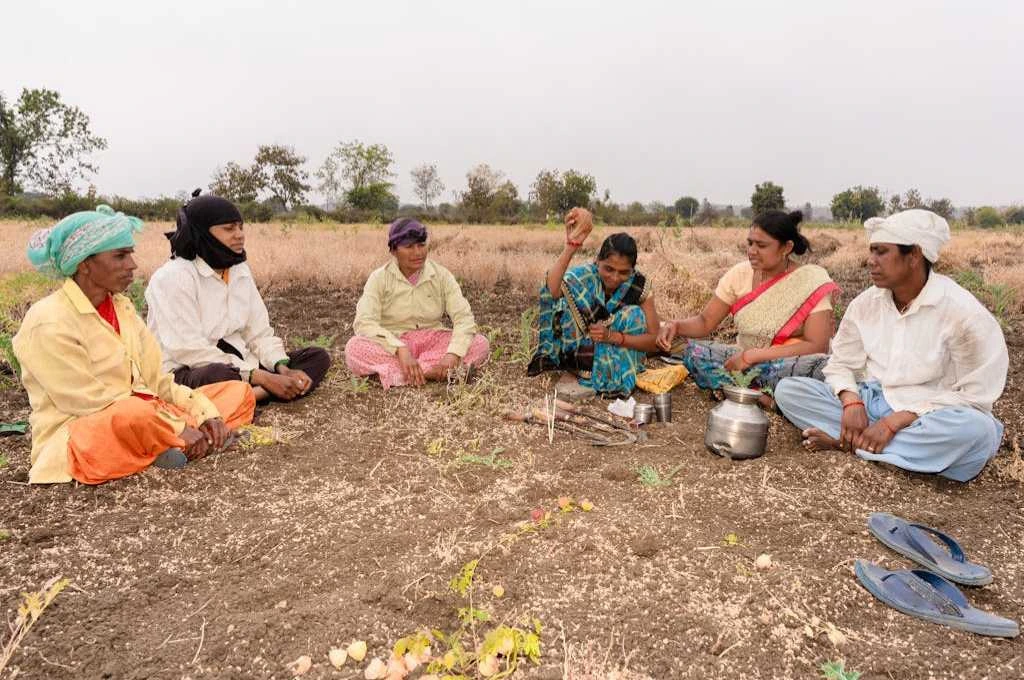India is one of the most water-stressed countries in the world. But solving India’s water crisis will require us to take a hard look at how we collect and use data in the water sector.
Currently, water sector practitioners lie at one of two ends of the spectrum: they either present numbers without narratives or narratives without numbers. What we really need are data-based stories and tools that help create them.
Rural India faces a water crisis
In India, agriculture accounts for only 15% of GDP but it uses over 80% of the available water. Over half our population is dependent on agriculture and allied activities. While 54% of arable land is rainfed, the rest is irrigated, largely through private borewells. Excess groundwater extraction has resulted in a decline in water tables.
In the last 20 years, there have been substantial efforts to boost groundwater and soil moisture through watershed interventions. As a result, in many places, all the available rainwater is now being tapped, and no water leaves the watershed. In such ‘closed watersheds’, building more structures like check dams or farm ponds, cannot increase water availability. Rather, it increases water for some farmers, leaving less for others—a zero-sum game.
The challenge in such places is not how to harvest more water but how to allocate what is available efficiently and fairly.
Government policies like Atal Bhujal Yojana now require participatory water security plans to be made at the gram panchayat level. This requires good water data to make informed decisions.
Need for good data, decision-making tools
Creating a water security plan entails understanding how much water is available, how much is being used, and by whom—also known as water budgeting—and then working with the community to develop a suitable set of interventions. The problem is that creating a water budget is a technical exercise and the expertise required to do this accurately is hard to come by.
It is even harder if a watershed is overexploited. Designing interventions then requires an understanding of what approaches can induce farmers to grow less water-intensive crops while increasing their incomes.
The root of the problem is a general discomfort with using data to inform decisions.
Currently, most intervention planning is ‘bottom-up’, starting from scratch. Gram panchayats work in collaboration with civil society organisations to help farmers collectively plan for crops or irrigate optimally by providing more accurate weather forecasts and so on. But these are not really scalable; in the sense that they rely on years of deep engagement before the interventions are arrived at. Where this is not possible, the tendency is to simply replicate solutions that have worked elsewhere. But often these fail, because there is no understanding of the conditions for replicability and scalability of solutions—the so-called ‘what works where and why’ question.
While deep engagement will still be needed, there is an urgent need for decision support tools that can build on the work done by others to identify what options are likely to work based on the geology, rainfall patterns, prevailing cropping practices, culture etc. Free, open-access digital tools, like the Jaltol QGIS plugin developed by the Centre for Social and Environmental Innovation (CSEI) at ATREE, could make a difference by providing unified layers of water data together on one platform in an easy-to-use format, making water accounting easy.

For a broader culture of data-based decision making
The root of the problem is a general discomfort with using data to inform decisions. It reflects a larger disconnect between researchers and practitioners on how information is used and communicated.
For instance, consider how the scientific community communicates water data. Often, water data is used for making predictive models, but modellers rarely reflect on the meaning or implications of the trends observed or the uncertainties and assumptions built-in. Numerical models are not tallied against stories from the field to identify discrepancies. Stories from the field that contradict the model predictions are dismissed as hearsay. So even if the data is incorrect, biased or not being interpreted correctly, no alarm is raised.
Good data, decision making tools and data stories that embody ground realities are all needed to achieve rural water security.
An equally problematic approach to data lies at the other end of the spectrum, where images and personal life stories are used to weave a fantastic story of transformative impact of interventions. Stories are compelling and help trace a complex pathway of causation. But often, attribution does not prove causation. Further, the story may not be representative, and even mask an unintended consequence. The reason for water levels rising in an area could merely be attributed to good rain in the preceding year.
We need good data stories
Data-based storytelling—narratives accompanied by sound data analyses may offer a good pathway forward. Creating data stories requires us to ask the right questions, analyse the data correctly, formulate a narrative, triangulate against other narratives and position the data analysis for use by stakeholders in specific use cases, by using effective communication.
Obviously, as writers of these stories, we will have to put serious thought into what stories we tell and whose stories they are. Usually data are biased, reflecting the concerns of the privileged. For instance, civil society organisations often tell stories of ‘program beneficiaries’, without noting that they are the relatively large farmers. This requires a change in the culture of data collection and use.
Good data, decision making tools and data stories that embody ground realities are all needed to achieve rural water security. Digital tools can help make this happen.
This article was originally published on The Wire Science.





